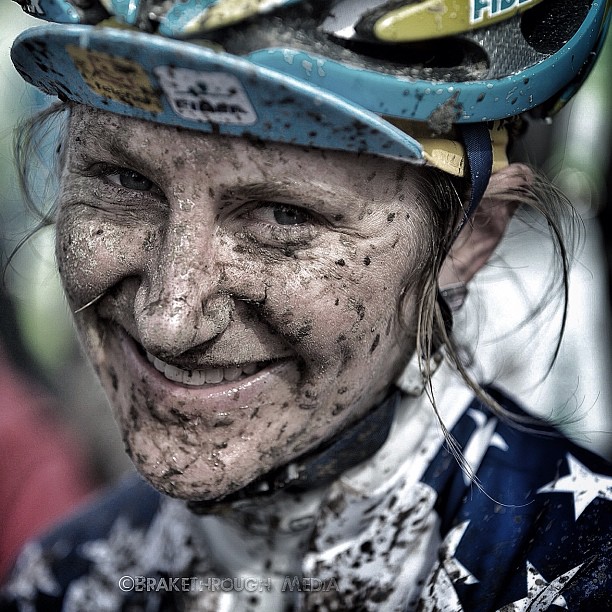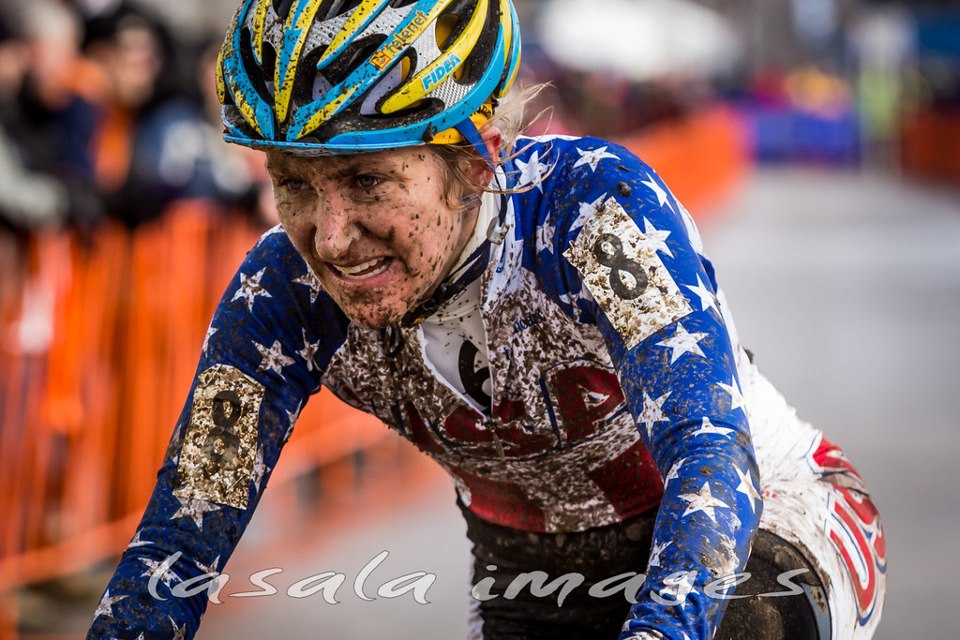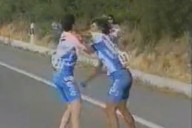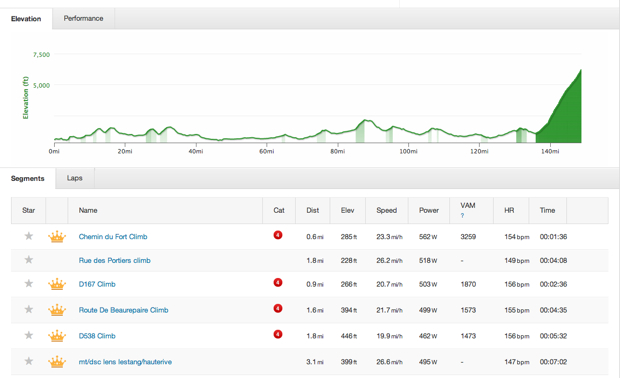My 89 year old gran calls it ‘psycho cross’. Both because that was what she first thought I called it when I told her what it was I was doing “for work,” and today she continues to refer to it that way because from photos and descriptions that is what it boils down to.
While in Belgium, the motherland of cycling, it is arguable which discipline is more popular, cyclocross or road racing, in America the average person may know cycling solely because of the Lance Armstrong saga. As a child the wee American may have pedaled a bike around but it is rare, outside of little microcosms, to see adults playing a pick-up game of bike ride. It is also rare for a sports enthusiast to get seasons tickets and tail gate the local bike race. The average American knows the Tour de France, but that may be solely because of the recent drug scandals. I digress, this is not about drugs nor is it about Mister Armstrong. This is about the ugly duckling discipline of cycling named Cyclocross. I fancy this ugly duckling and I am about to slander the other normal and pretty ducklings.
The term cycling covers a cornucopia of disciplines, but cyclocross tends to have a niche cult following. It’s different, it’s edgier, it accepts everyone. The fact that cyclocross is a winter sport attests to it’s difference. When the professional road cyclists and mountain bikers are winding their seasons down, indulging in sweets or an alcoholic beverage or two, cyclocrossers are winding their legs up, trimming down, preparing to enter a winter of monk-hood. But it’s a delicate trimming down procedure, as it is so bloody cold and wet that if you are as emaciated as many professional cyclists, pneumonia is written on your forehead.
Road racers are known for their uncanny ability to stay off their feet. When learning road racer etiquette of neither smiling nor waving whilst on an immaculate shiny and matching carbon bicycle, the aspiring road racer also learns the legs-up rule: If you can’t nap, lie down and elevate your feet. If you can’t elevate, lie down as still as possible. If you can’t lie down, sit. If you can’t sit, kneel. If you can only stand, lean. But do not lean too much on one side or you may develop imbalances. So the fact that cyclocross has a portion of off-the-bike seems asinine to any roadie. The fact that cyclocrossers run as part of their training is mind blowing ridiculous. And the fact that cyclocross racers enjoy themselves and smile? Well clearly they’re just not taking pedaling serious enough.
Mountain bikers love their suspension and fat tires, meandering single track, facial hair and their “chill factor”. To any mountain biker, the fact you’re on a bike that resembles a road bike is embarrassing, far too racey. Curly bars, a rigid fork and a skinsuit is a sin. While cyclocross is off-road and holds some single track sections, it is not that pure “I’m on a trail in the wilderness where mountain lions roam and my facial hair will keep me warm in case Mother Nature decides to toy with my chill, not too lofty ambitions, bro.” Cyclocross is likely too intensely focused for the mountain biker who only does epic-big loops and never rides the same rock face twice.
Now track cyclists – I think they’re altogether a different breed. Riding around, mainly indoors, on a short circular track? With no brakes? On a wooden surface of mean taunting splinters? With steep banks I’d need an ice axe to climb up? I can’t fathom the joy of that. But it is clear why trackies don’t do cyclocross for one reason – too dirty. Plus, if you’re not riding in a defined circle the chance of getting lost is much higher. Add in the gears, the brakes, and turning in different directions and life on the bike just became a whole lot more complicated.
The Triathlete: Snidely labeled as those who are the best at working out. Further snark chides triathletes as not being stellar at anything; they’re mediocre at the three disciplines and through over-training the sum of its parts equate to a solid triathlete. I’m not even going to hazard a guess as to how many hours a week a professional triathlete trains. When I speak of monkhood in cyclocross, I think triathletes must be delirious over-worked monks. Cyclocross is simply too cold for triathletes – no matter the thickness of your skinsuit or wetsuit, water will freeze and become ice. (Author’s note: I justify these comments because I know I would never ever be able to handle the workload of a triathlete. Massive respect if you are one. I sink when I swim.)
Cyclocross is 40 minutes of racing for women and 60 minutes for men. I believe the average cyclist, no matter what the discipline, is over-trained. Cyclists think more, more, more, more is better. Me? I love sitting on my arse and eating a good meal. And sleeping – I can’t get enough. So there is beauty in cramming wicked hard racing into 40 minutes. Sure there’s the preparing and cleaning up, plus the warm-up and cool-down; it typically turns into an all-day affair, with about 2-3 hours of ride time. To the average cyclist (or maybe even average non-cycling American) 40 to 60 minutes of racing seems easy, but it is not. It redefines ‘getting it all out’. There’s no noodling around for the first 100km, then going all out in the final 5km. There’s no hucking yourself off a rock face with a blind landing and sharp 90 degree corner punctuated by a looming tree. There is scenery and terrain change and fresh air on a defined track that holds much more variety than a wooden circle. It begs for both cycling and running training, but you can determine the amount of hours you wish to devote – cyclocross is for everyone, from the working mum to a Belgian professional.
You just wait, this ugly duckling is growing and blossoming into a gorgeous swan.
All photos courtesy of the author.



















No Comments